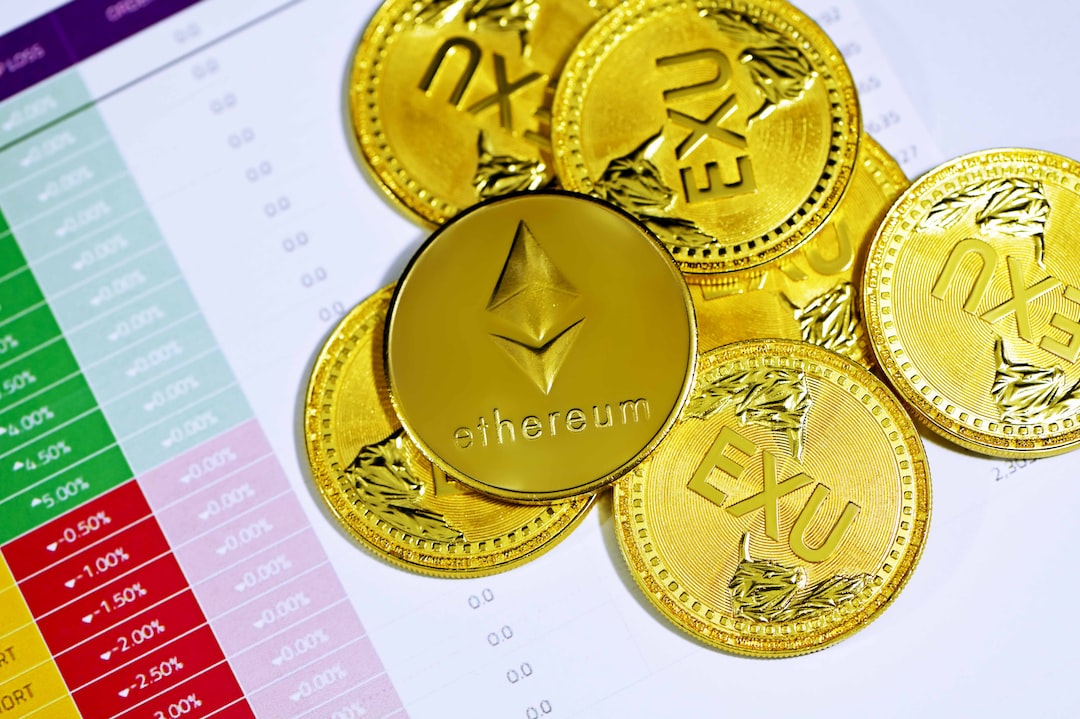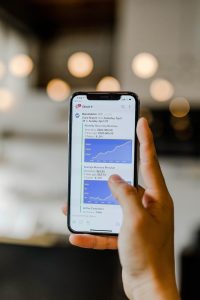Forex trading is a popular form of investment that involves the buying and selling of currencies in the global market. The interbank forex market, also known as the wholesale forex market, is where large financial institutions, such as banks, hedge funds, and corporations, trade currencies. Accessing the interbank forex market can be a lucrative opportunity for traders, but it requires a bit of knowledge and preparation. In this article, we will discuss the steps involved in accessing the interbank forex market.
Step 1: Choose a Forex Broker
The first step in accessing the interbank forex market is to choose a forex broker. Forex brokers act as intermediaries between traders and the interbank forex market. They provide access to trading platforms, market data, and other tools that traders need to buy and sell currencies. When selecting a forex broker, it is essential to consider factors such as regulation, fees, trading platforms, and customer support. Some of the top forex brokers in the market include IG, Saxo Bank, and Forex.com.
Step 2: Open a Trading Account
Once you have chosen a forex broker, the next step is to open a trading account. Most forex brokers offer different account types, such as standard, mini, and micro accounts, depending on the trader’s capital and trading needs. To open a trading account, you will need to provide personal information, such as your name, address, and contact details, and complete the broker’s application process. You will also need to provide proof of identity and residency, such as a passport and a utility bill.
Step 3: Fund Your Trading Account
After opening a trading account, the next step is to fund it. Forex brokers offer various deposit methods, such as bank transfers, credit cards, and e-wallets. Traders should choose a deposit method that is convenient and secure. It is also essential to consider the fees and processing times associated with the deposit method. Once the trading account is funded, traders can start trading currencies in the interbank forex market.
Step 4: Choose a Trading Platform
Forex brokers offer different trading platforms, such as MetaTrader 4, cTrader, and proprietary platforms. Traders should choose a trading platform that suits their trading style and preferences. Some trading platforms offer advanced charting tools, trading indicators, and automated trading features. Traders should also ensure that the trading platform has access to the interbank forex market and provides real-time market data and pricing.
Step 5: Trade Currencies in the Interbank Forex Market
Once the trading account is funded, and the trading platform is set up, traders can start trading currencies in the interbank forex market. Forex brokers offer different types of trading orders, such as market orders, limit orders, and stop-loss orders. Traders can use these orders to buy and sell currencies based on their trading strategy and market analysis. It is essential to manage risk and use proper risk management techniques, such as setting stop-loss orders and using leverage responsibly.
Conclusion
Accessing the interbank forex market can be a lucrative opportunity for traders, but it requires proper knowledge and preparation. Traders should choose a reputable forex broker, open a trading account, fund it, choose a trading platform, and trade currencies based on their trading strategy and risk management techniques. By following these steps, traders can take advantage of the interbank forex market’s liquidity and volatility and potentially generate profits.


